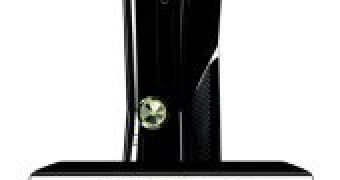Microsoft will unveil Kinect for Xbox in early November 2010, and while for the time being the new Natural User Interface sensor will be available only for the company’s consoles, this will not be the case in the future. While in Paris, France, Microsoft Chief Executive Officer Steve Ballmer revealed that the software giant is exploring additional scenarios in which the Kinect technology would come to Windows computers and phones.
However, it must be underlined that although Microsoft is looking at taking Kinect beyond Xbox, fact is that this does not present a guarantee that the sensor will be offered to customers buying Windows machines and Windows Phones in the future.
“Do we plan on using -- certainly these technologies will be used in all -- at some point in different ways with all three screens. Initially we'll launch the Kinect with the Xbox,” Ballmer said.
“But we do have certainly people in our labs who are experimenting with what I would call appropriate applications for various environments?”
Kinect represents Microsoft’s vision of a new input model for Xbox coming to reality. The new sensor enables games to control their consoles through gestures.
Furthermore, via Kinect, gamers will also be able to control characters in the games they’re playing by simply moving their bodies.
However, Ballmer underlined that, at least for the time being, the technology in Kinect is not ready to come to any other form factors beyond Xbox, including Windows computers. He also provided a very simple explanation as to why this is the case.
“This sensor, as you will know when you get your hands on one, it actually works very well if you're about three feet away to about 10 or 15 feet away -- one meter to about four or five meters,” Ballmer said.
“And if you get too close it encourages you to get a little further back, and if you get too far away -- and, of course, the technology will continue to improve, but if you think about at least many PC environments where you're sitting less than two feet away, this particular technology would need to continue to evolve."
“Now, there are plenty of places where the PC might be doing work on your behalf but you're not sitting next to the PC, and we have a lot of work we're doing to pioneer some of those applications.”

 14 DAY TRIAL //
14 DAY TRIAL //